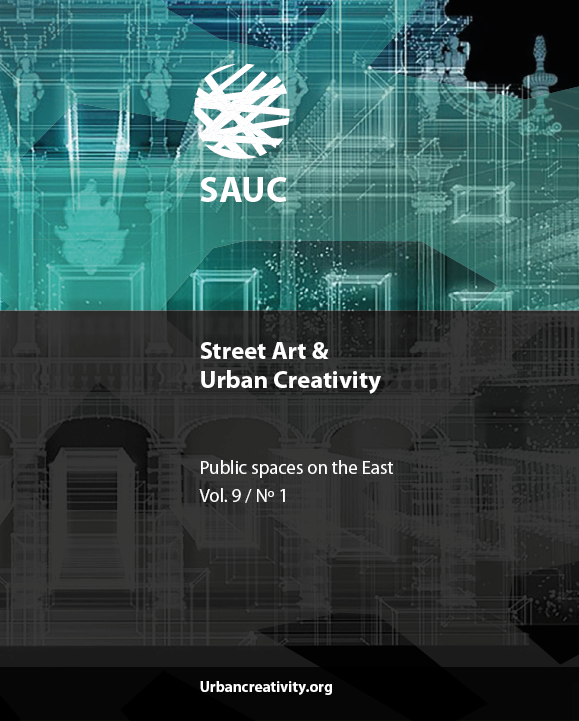Istanbul Taksim Republic Monument as an example of public art
DOI:
https://doi.org/10.25765/sauc.v9i1.667Palabras clave:
Turkish architecture of the Republican Period, Public spaces, Public art, Taksim Republic MonumentResumen
Statues erected in public spaces are important elements of city squares and also represent traces of culture that are transferred into the future. These monuments are sometimes built for purposes of propaganda and at other times to commemorate a particular event, but whatever the reason for their creation, they are significant structures that serve as points of social interaction within the communities of which they are a part. When their relationship with the environment is firmly established, these monuments also assume an urban identity. The founder of modern Turkey, Mustafa Kemal Atatürk, wished to have the establishment of the new political model and the “nation state” emerging with the proclamation of the Republic (29 October 1923) symbolized through the language of architecture. Thus, as he promoted the slogan of “reaching the level of contemporary civilization,” he expected to have this concept reflected in architecture as much as possible in the physical sense during the Republican period of institutionalization. Part of his plan to achieve this was to create and activate public spaces in the urban landscape. This led to the monumentalization of the art of sculpture and to the appearance of the city squares of modern Turkey, where the statues that were the works of art displayed in these public spaces came to represent Atatürk and the newly established social order. This article aims to analyze how one of the symbols of Turkish architecture and of the Republican Period, the Taksim Republic Monument in Taksim Square, Istanbul, took shape as a public monument, and attempts at the same time to describe its social relationship with the surrounding environment.
Descargas
Estadísticas globales ℹ️
|
205
Visualizaciones
|
73
Descargas
|
|
278
Total
|
|
Descargas
Publicado
Cómo citar
Número
Sección
Licencia
Los autores/as que publiquen en esta revista aceptan las siguientes condiciones:
- Los autores/as conservan los derechos de autor.
- Los autores/as ceden a la revista el derecho de la primera publicación. La revista también posee los derechos de edición.
- Todos los contenidos publicados se regulan mediante una Licencia Atribución/Reconocimiento-SinDerivados 4.0 Internacional. Acceda a la versión informativa y texto legal de la licencia. En virtud de ello, se permite a terceros utilizar lo publicado siempre que mencionen la autoría del trabajo y a la primera publicación en esta revista. Si transforma el material, no podrá distribuir el trabajo modificado.
- Los autores/as pueden realizar otros acuerdos contractuales independientes y adicionales para la distribución no exclusiva de la versión del artículo publicado en esta revista (p. ej., incluirlo en un repositorio institucional o publicarlo en un libro) siempre que indiquen claramente que el trabajo se publicó por primera vez en esta revista.
- Se permite y recomienda a los autores/as a publicar su trabajo en Internet (por ejemplo en páginas institucionales o personales), una vez publicado en la revista y citando a la misma ya que puede conducir a intercambios productivos y a una mayor y más rápida difusión del trabajo publicado (vea The Effect of Open Access).













